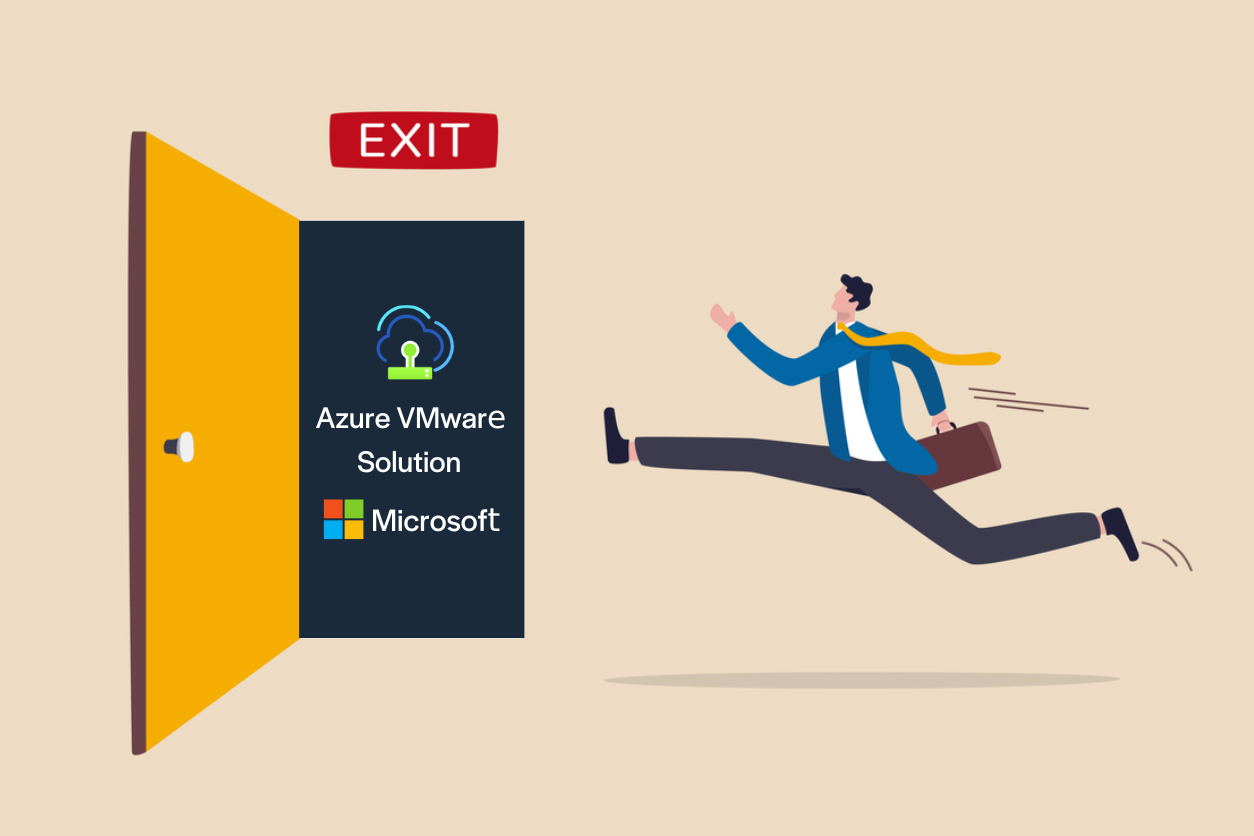Bouncing back from the latest Broadcom bombshell: Navigating the VMware licensing changes…again!
The dust is far from settled. Broadcom’s acquisition of VMware has sent continuous shockwaves through the IT landscape, especially for small and mid-sized businesses. Just as the community was starting to adjust to the first wave of licensing changes, another major shift has landed - and it’s left many customers facing steep costs and tough decisions.
Let’s break down what’s changed, what it means for VMware customers, and how organisations can respond strategically, without getting caught in panic mode.
What’s changed now?
Broadcom has introduced new licensing requirements that enforce a minimum of 72 cores per server. This means that even if your server only uses 8 or 16 cores, you'll be charged as if it's running 72. Let’s be clear: this not a minor adjustment - it’s a fundamental change that inflates costs dramatically for many customers.
To make matters worse, reports are emerging that late renewals may now incur a 20% penalty, making the cost of hesitation even higher.
These updates come on the back of already significant licensing shifts, including the move to subscription-only models and the phasing out of perpetual licenses. For many, the message is clear: staying with VMware might now mean paying more for less flexibility.
Who’s affected the most?
While enterprise-scale customers may have more negotiating power or technical resources to absorb the change, SMBs and mid-sized enterprises are often hit hardest. These organisations typically run leaner infrastructures, meaning they’re more likely to fall below that 72-core threshold - and less likely to see the value in over-provisioning just to meet a licence minimum.
This puts IT decision-makers in a tight spot. Do you double down on VMware and hope the changes stabilise? Or do you start evaluating an exit plan?
A tipping point for many
For some customers, this may be the moment that tips the scales. The cumulative impact of Broadcom’s changes – allied to natural uncertainty about future action - is pushing many to reconsider their reliance on VMware altogether.
There’s a growing interest in alternatives - both on-premises and in the cloud. Among them, Microsoft’s Azure VMware Solution (AVS) stands out as a proven off-ramp. It offers:
Predictable pricing with none of the recent shock-factor adjustments
Continuity with the VMware technology stack you already use
Integration with the broader Azure ecosystem, opening doors to innovation and scalability
What you can do now
If you’re facing the fallout of these licensing changes, now’s the time to get ahead of the conversation. Stakeholders - whether in IT, finance, or leadership - are likely to ask tough questions. Being ready with clear answers and ideally a worked through roadmap.
Start by getting clarity on:
What your current VMware environment really costs under the new model
How your workloads might map to alternative platforms like Azure
The technical and business impacts of staying vs. migrating
Taking the first step
One of the key tools we’re using to support clients through this VMware transition is the Dr Migrate VMware assessment. This AI-powered cloud migration platform leverages automation and machine learning to streamline every stage of the migration journey. It eliminates much of the guesswork and manual effort, dramatically reducing timelines while enabling data-driven planning and long-term visibility. That critical roadmap can start taking shape here.
Dr Migrate analyses millions of data points across your infrastructure and application estate using agentless data collection and native integration with Azure. Within 24 hours, it delivers actionable insights, including application dependency mapping, a complexity calculator, and guided “6R” application treatments - all feeding directly into accurate Total Cost of Ownership (TCO) estimates.
The platform creates auto-configurable migration plans based on real data from the discovery phase, factoring in application size and complexity, location, affinity, and network dependencies. It also provides executive-ready dashboard reports and presentation slides with financial projections and sustainability metrics - ideal for board-level discussions. Features like real-time traffic flow analysis, impact alerts, and server readiness checks ensure teams stay ahead of potential roadblocks.
👉 Start your VMware Assessment
It’s not about pushing you to switch, it’s about giving you the facts you need to make an informed decision – and take back control.
If you’re ready to take control, we’re ready to help.

